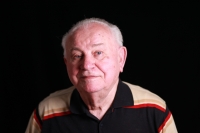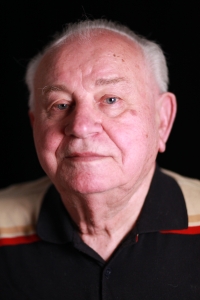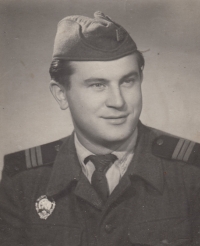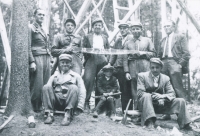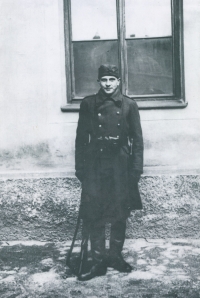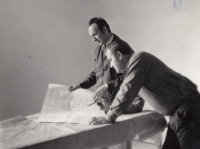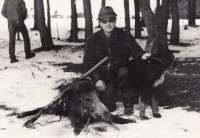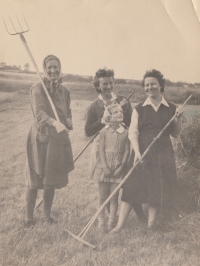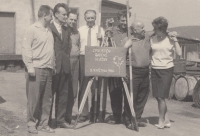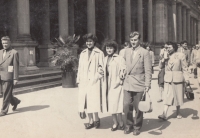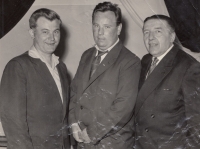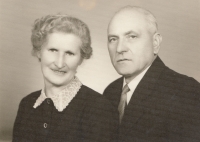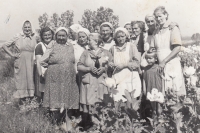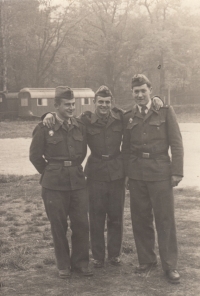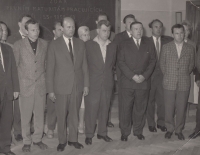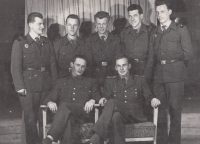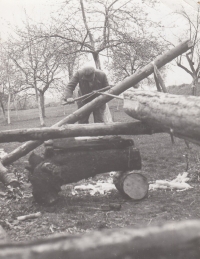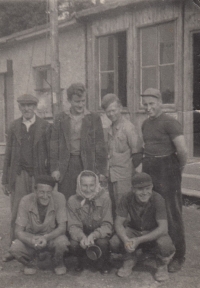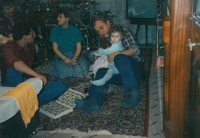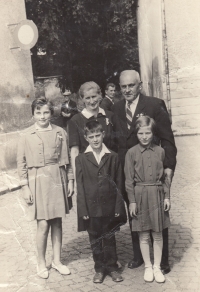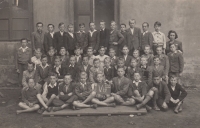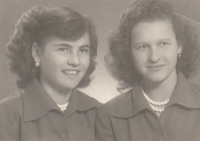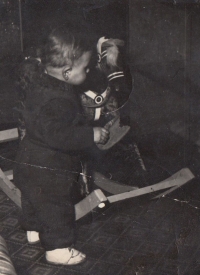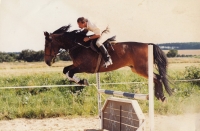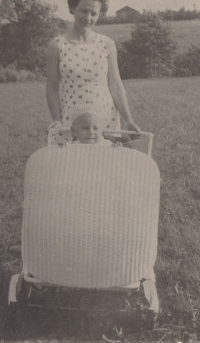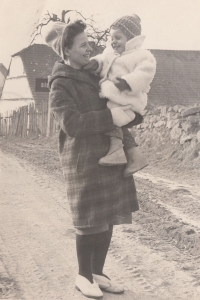During his studies at the Episcopal Gymnasium, he dreamed of being a missionary in foreign countries. He ended up working as a bricklayer

Download image
Jan Hrad’s date of birth in the civil registry and other official documents is 15 May 1937 in Bilenice u Sušice, but he was born a day later. His father Tomáš Hrad was forced to work in Nazi Germany during the war, but due to a prolonged illness he was transferred to the arms factory in Strakonice. His mother Marie, maiden name Tábor, was born into a farmer’s family in Krejnice in the foothills of the Šumava Mountains. During the war she worked in the PAP paper mill in Sušice. Jan Hrad remembers dredgers flying onto trains on the line from Susice to Horažďovice towards the end of the war. During the liberation of his hometown, he welcomed American soldiers and saw General Patton at the unveiling of the monument to Jindřich Šimon Baar at Výhledy near Klenčí pod Čerchovem. After the war, the family lived in the now extinct village of Konobrže in Most. The witness studied at the Episcopal Grammar School in Bohosudov until Akce K in 1950. He continued his studies at the town school in the now defunct Kopiste and then in Žihobce. With the mark of a “dummy” he trained as a bricklayer-plasterer in Pilsen. Together with his classmates, he was herded against his will into a parade in support of the regime as part of the currency reform on June 1, 1953. After his apprenticeship, he graduated from the evening industrial school of construction and worked as a taskmaster at the Land Construction. After the war, in 1960 he married Lenka Angelevska, a Greek refugee from the 1947 civil war. He worked as a construction manager on a number of major projects in Pilsen and the surrounding area. He then worked for the Forestry of the Czech Republic, the District Construction Company Plzeň-North, and then again for the Forestry of the Czech Republic. After retiring in 1997, he was a tour guide at the West Bohemian Museum. At the time of filming (2022) he lived in Pilsen, he has a son Jan and a daughter Ludmila.
